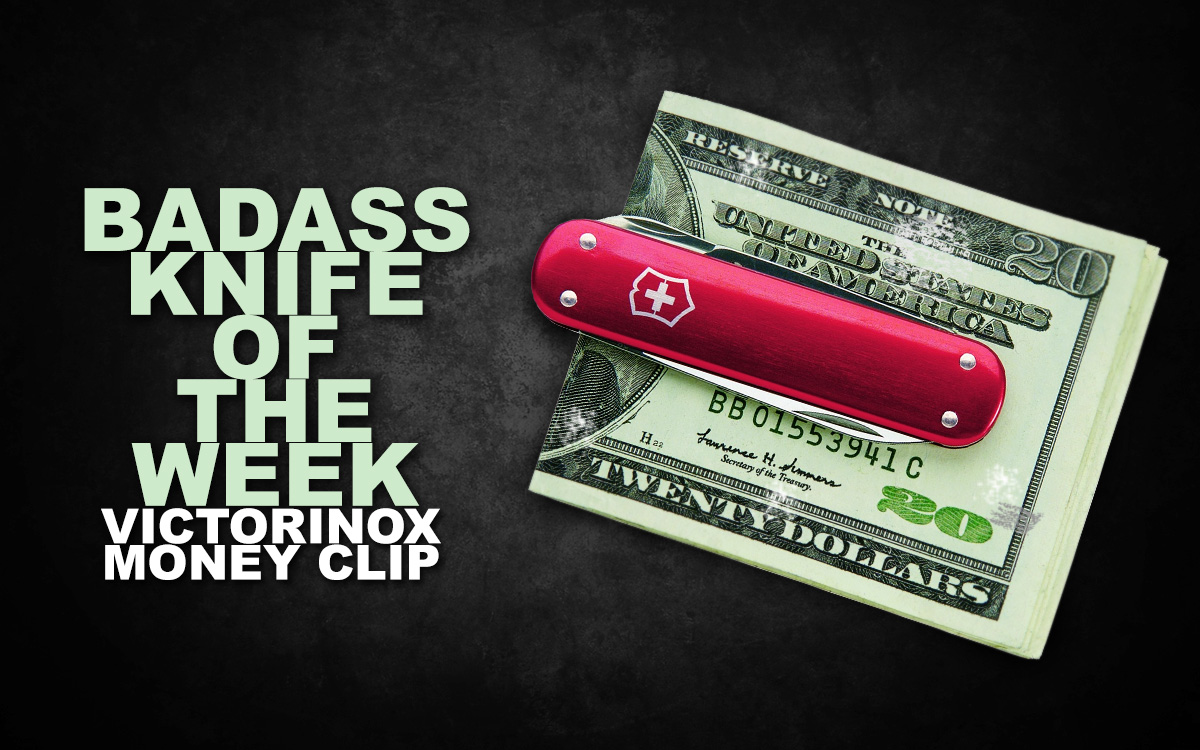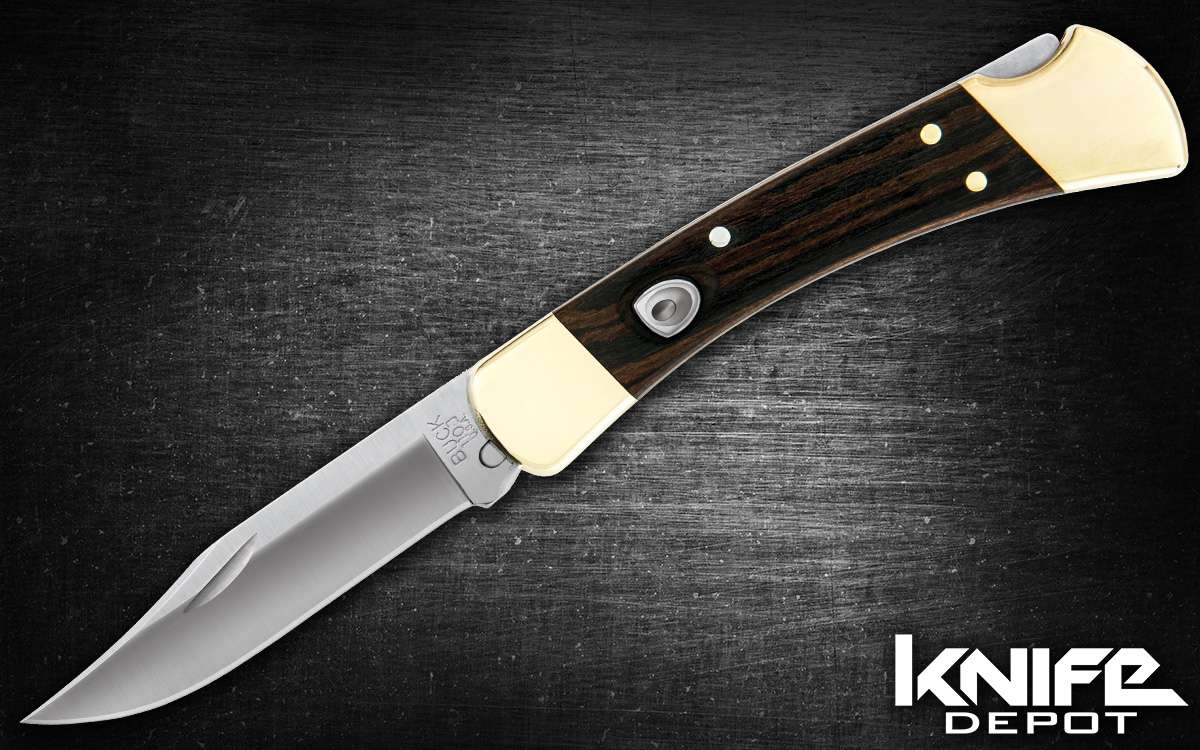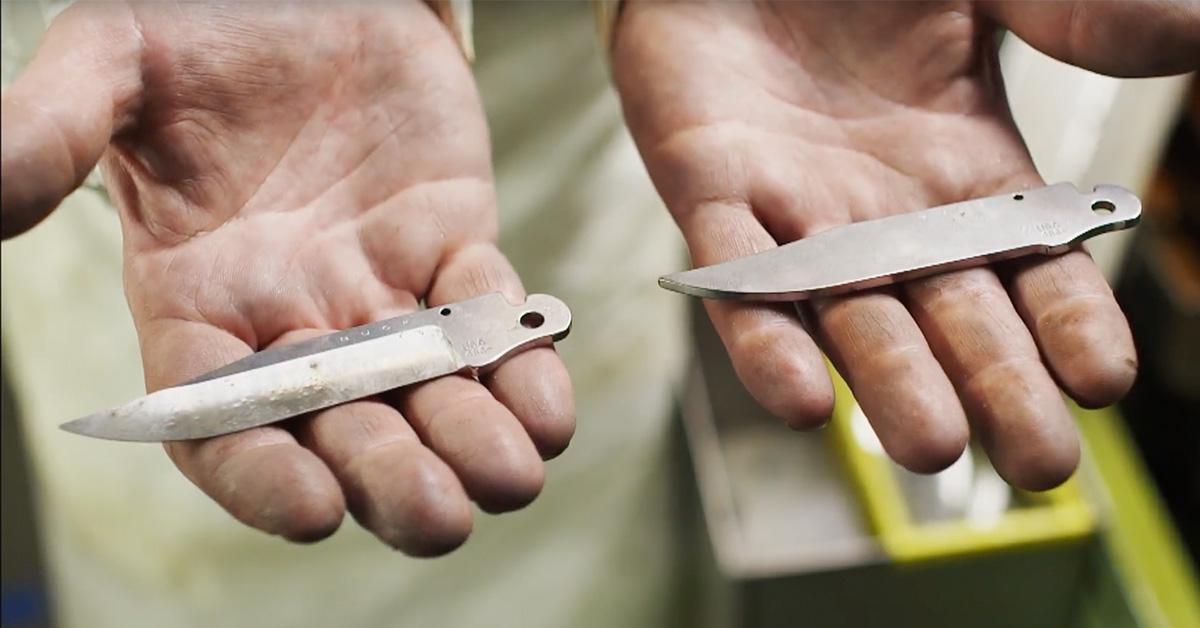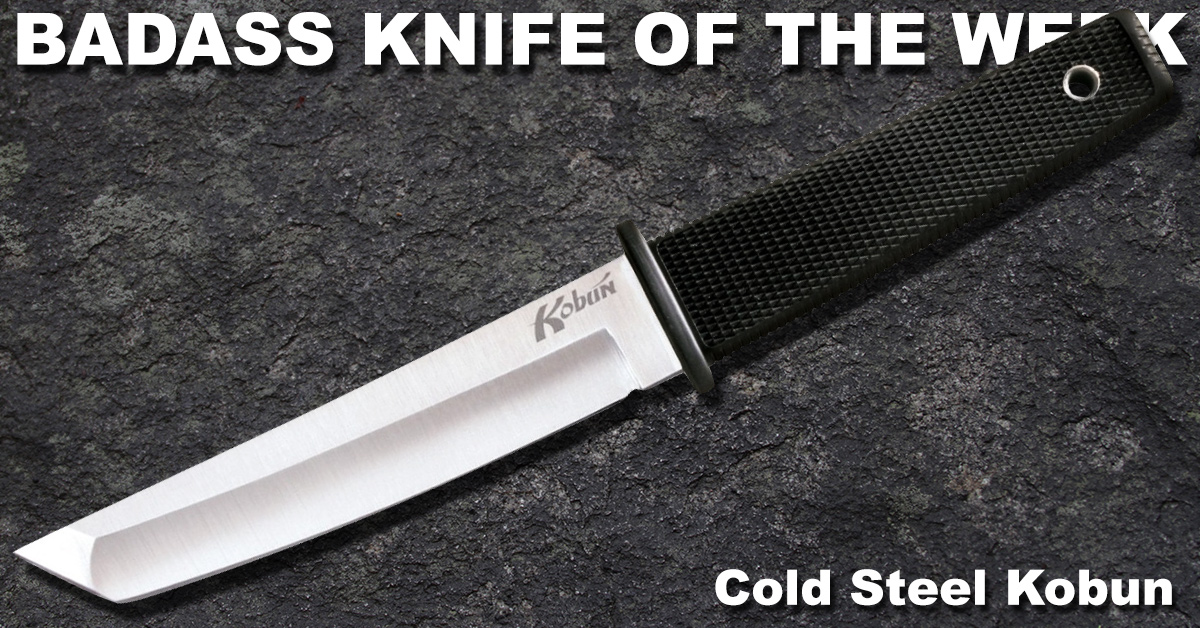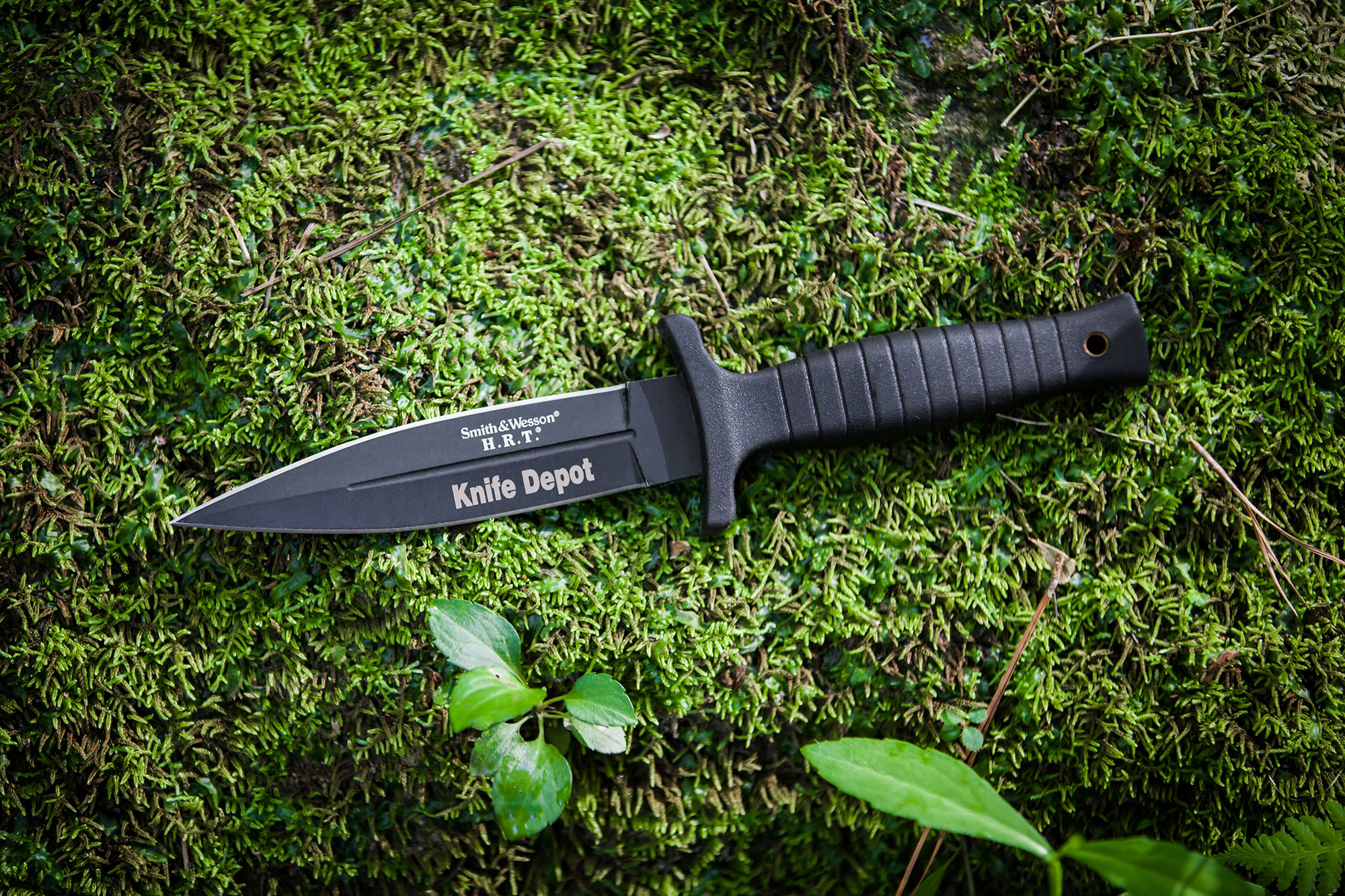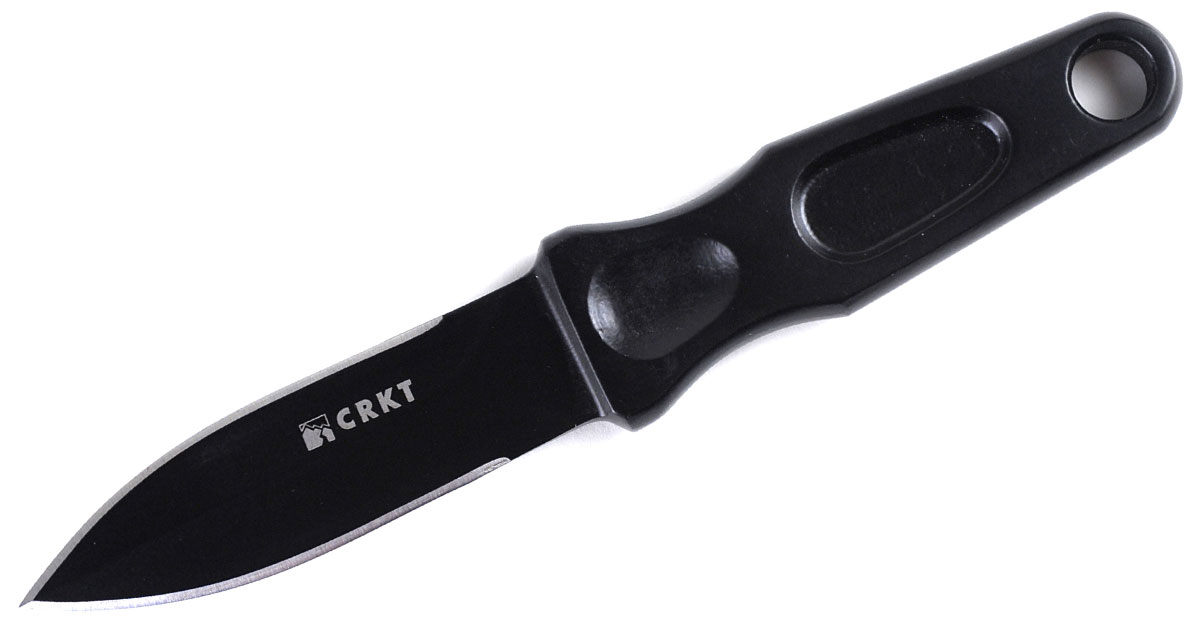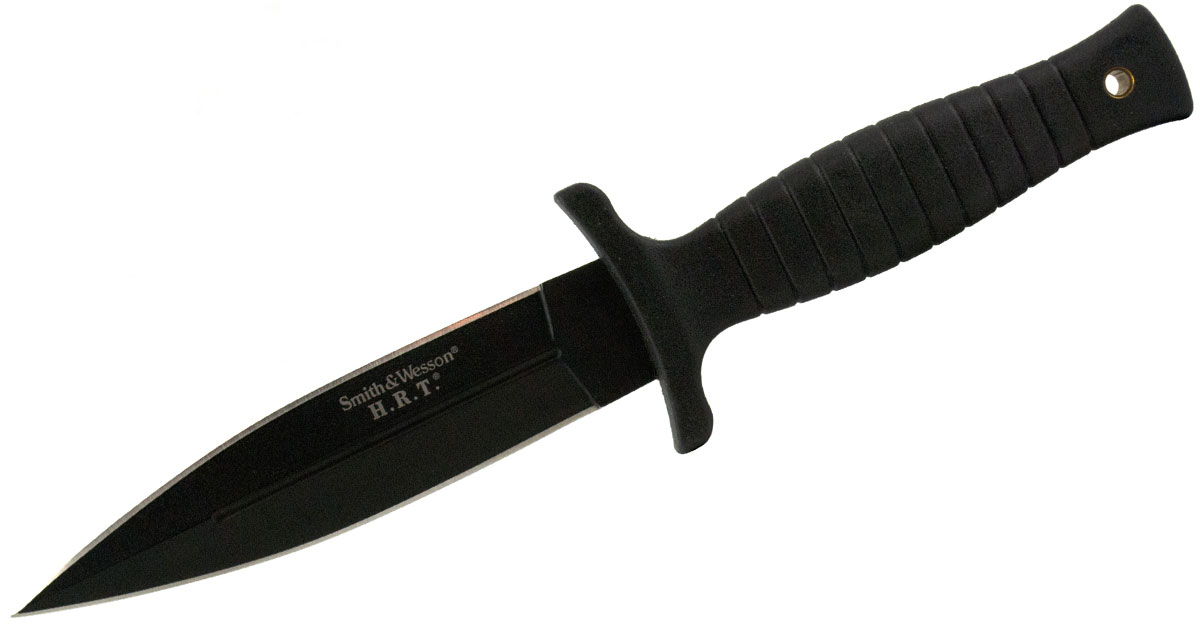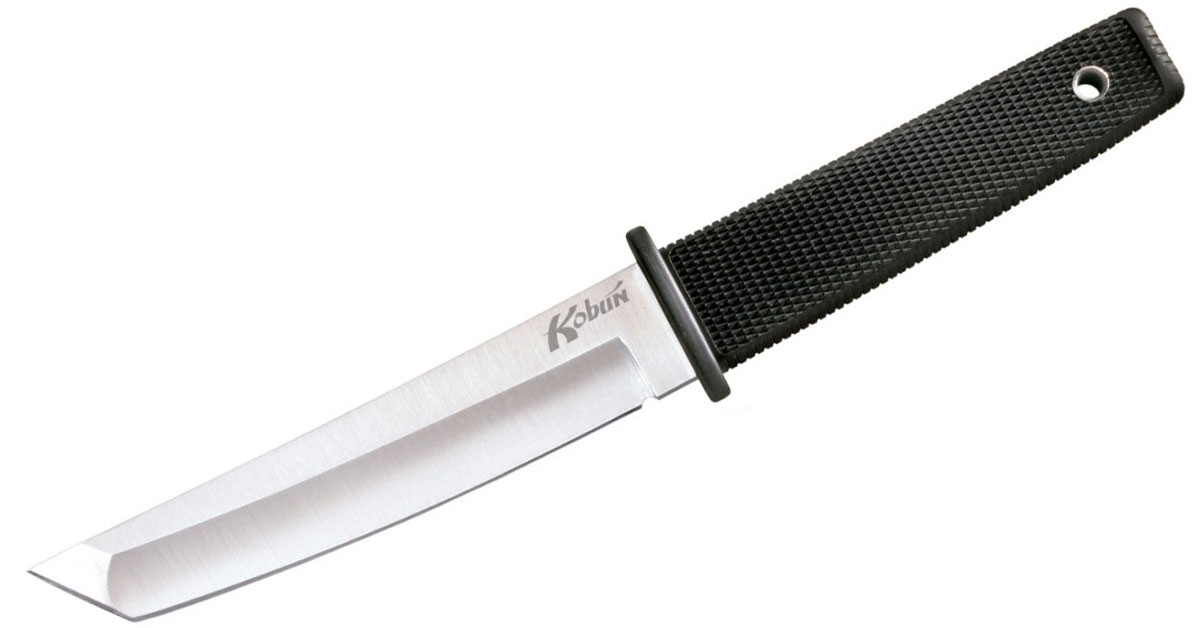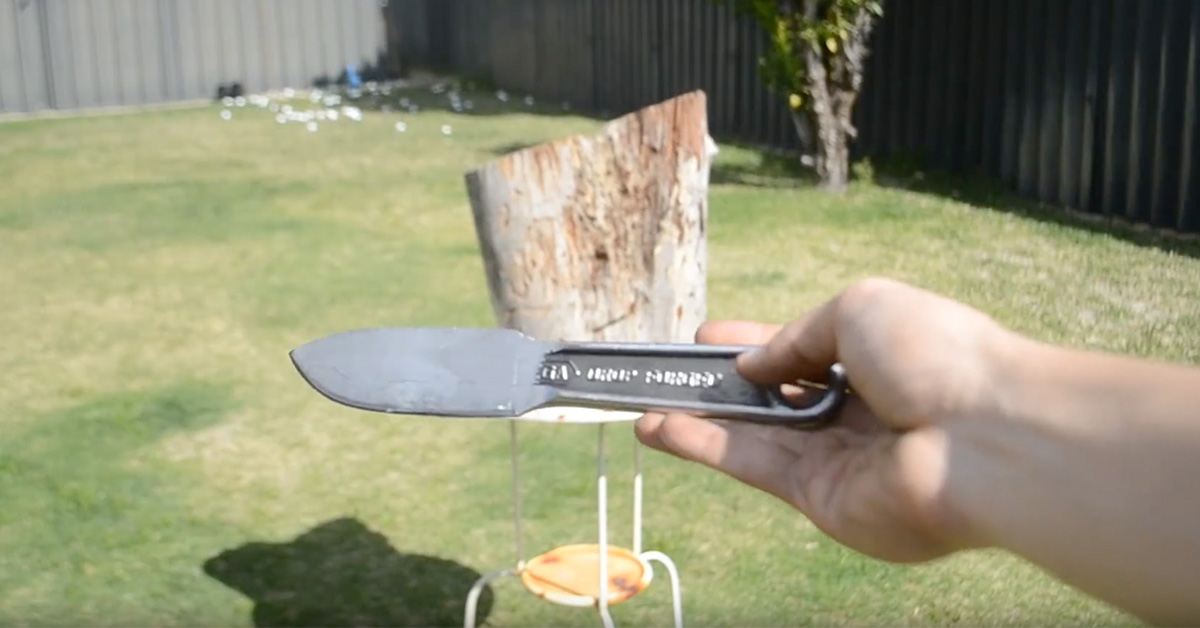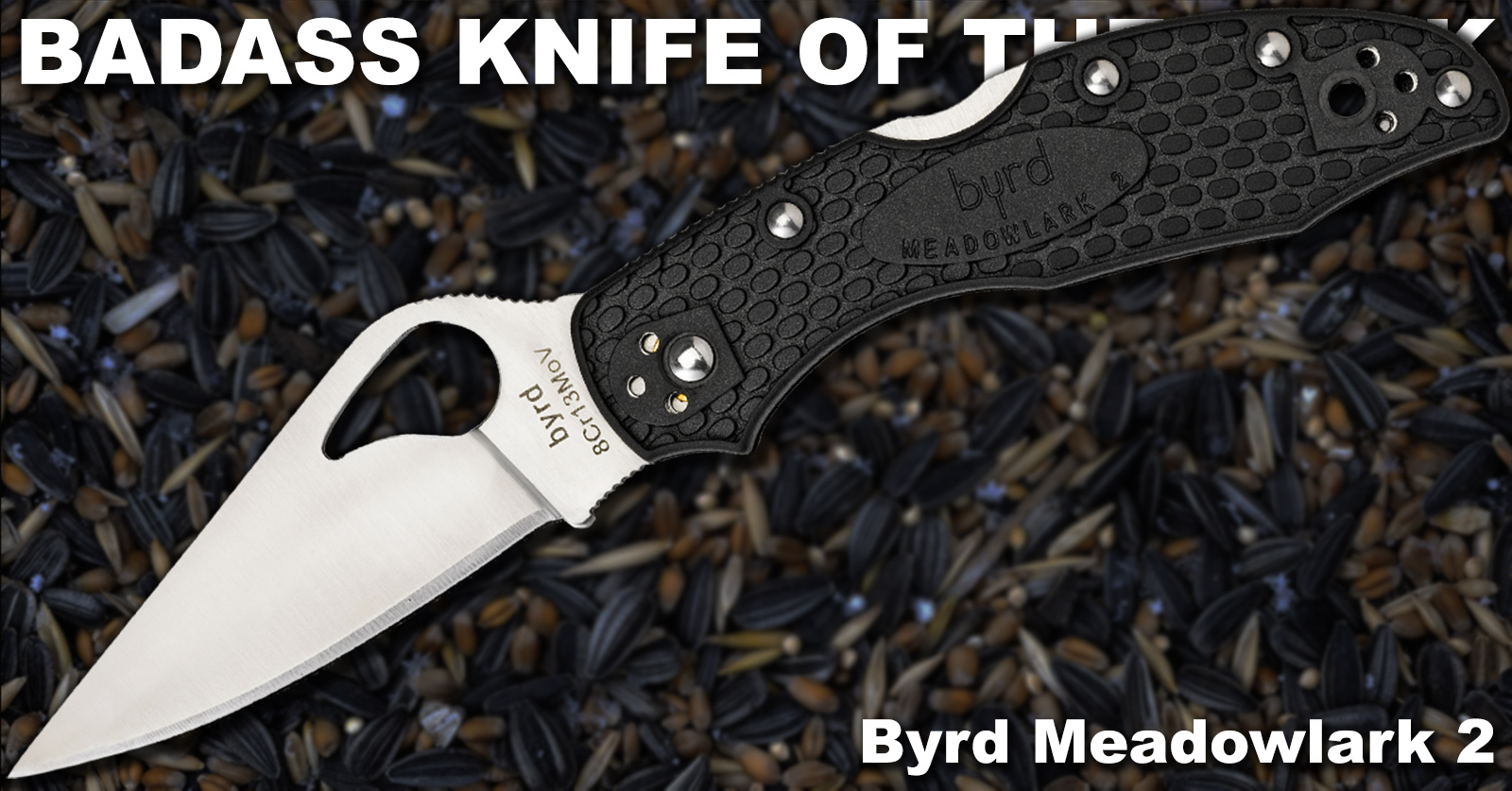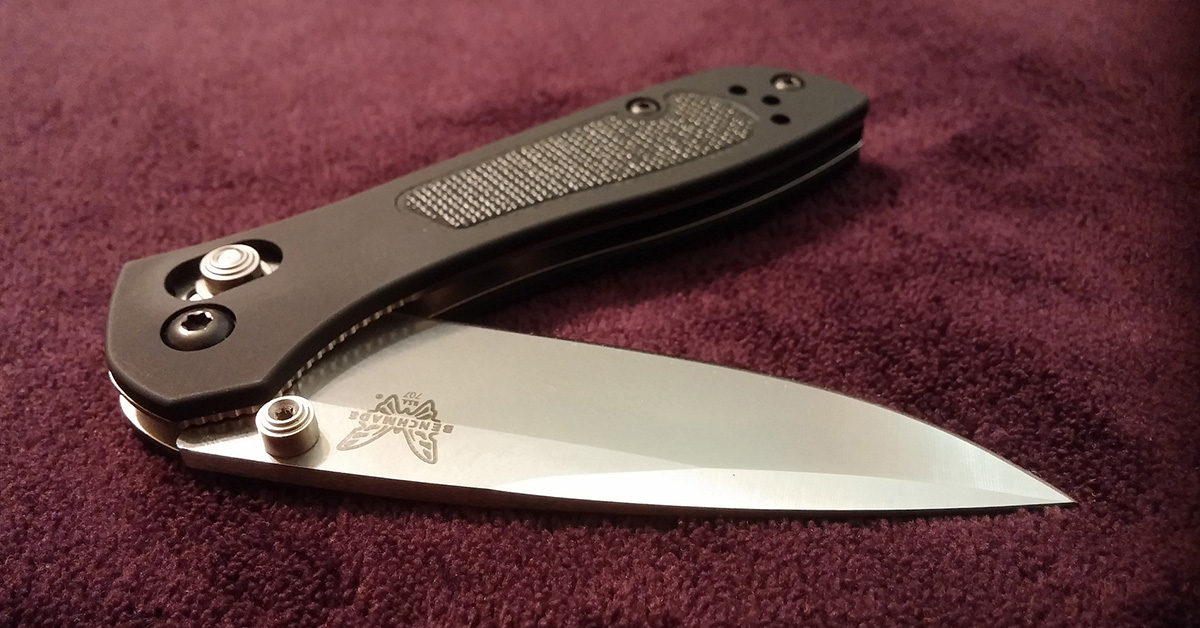
If you’ve ever bought something from an online store, you may have noticed the term MAP in fine print somewhere. Standing for Minimum Advertised Pricing, MAP plays a pretty big role in how much you pay for things — whether it’s knives, water canteens, or televisions.
Because we are a knife store, we thought we’d look at the pros and cons of MAP policies and how they affect you.
What is Minimum Advertised Pricing (MAP)?
We’ll start with the basic definition: MAP is a policy that sets the lowest possible price you can advertise something. For online stores, this means that the prices displayed must be at or above the amount established by the manufacturer.
To be clear, MAP only deals with the minimum advertised price, not necessarily how much the item can actually be sold for. So even at online stores, you can buy items conforming to MAP at cheaper prices. More on that later though.
Another thing to clarify is that not all manufacturers have MAP policies. Only a few actually have the policies and I think even fewer really enforce the policies. We’ll go into detail later but knife brands like Schrade, Case, and KA-BAR don’t have MAP policies while others like Benchmade, Spyderco, and Hogue do.
What is Manufacturer’s Suggested Retail Price (MSRP)?
You’ve likely seen MSRP next to prices as well. This is the Manufacturer’s Suggested Retail Price or what price the manufacturer thinks the item should be sold at. This is just a general guideline and you’ll often see the street price significantly lower on these items (especially if they don’t have a MAP policy).
Why Does MAP Exist?
There are often raging debates about the benefits and drawbacks of MAP policies on BladeForums.
For the consumer, MAP can feel like a greedy money grab from manufacturers who are trying to keep prices high. I understand where that’s coming from too. MAP can prevent consumers from getting deals on their products and it prevents stores with the means to sell at lower margins.
Continue reading

